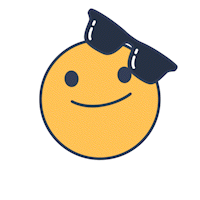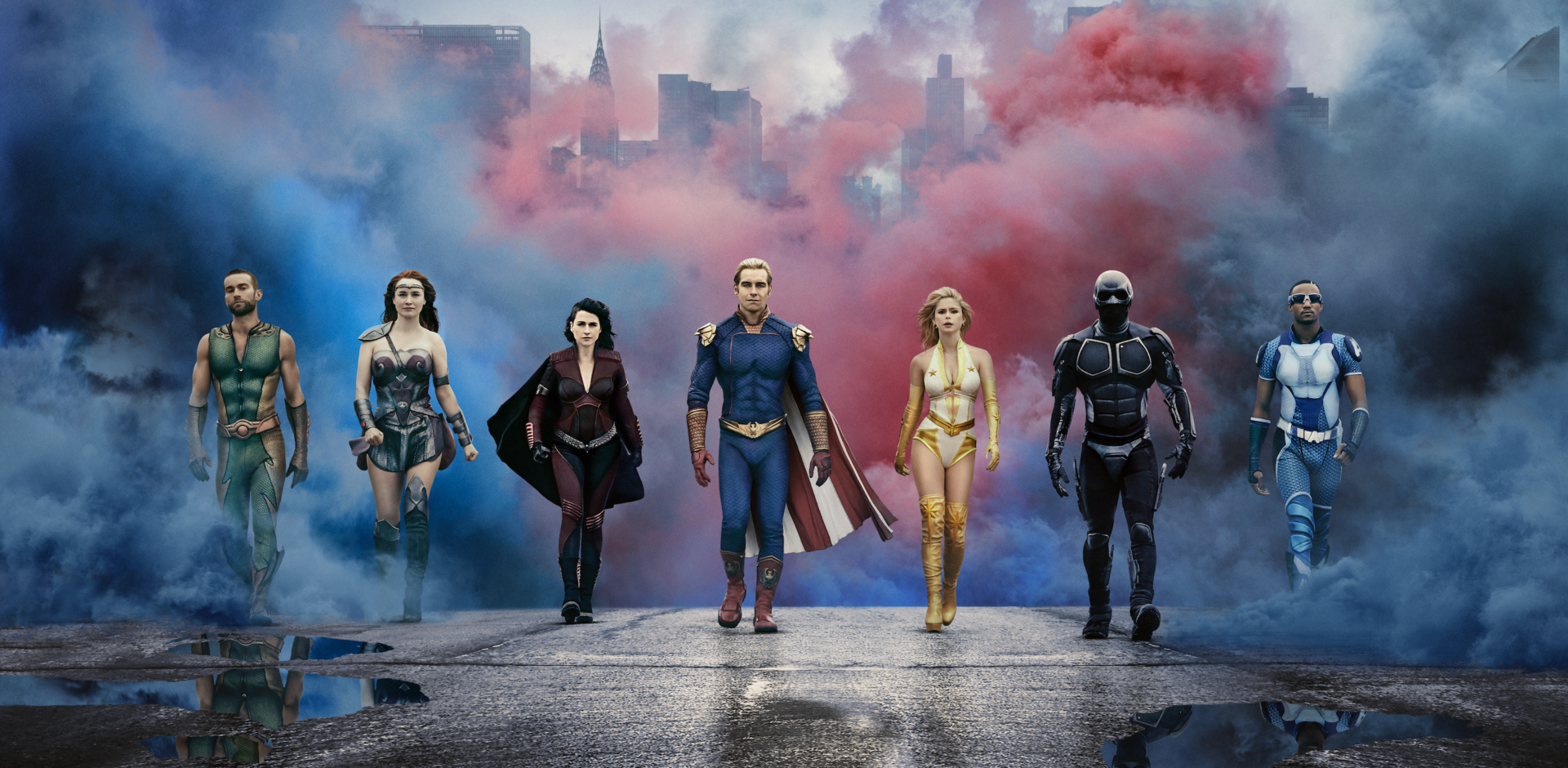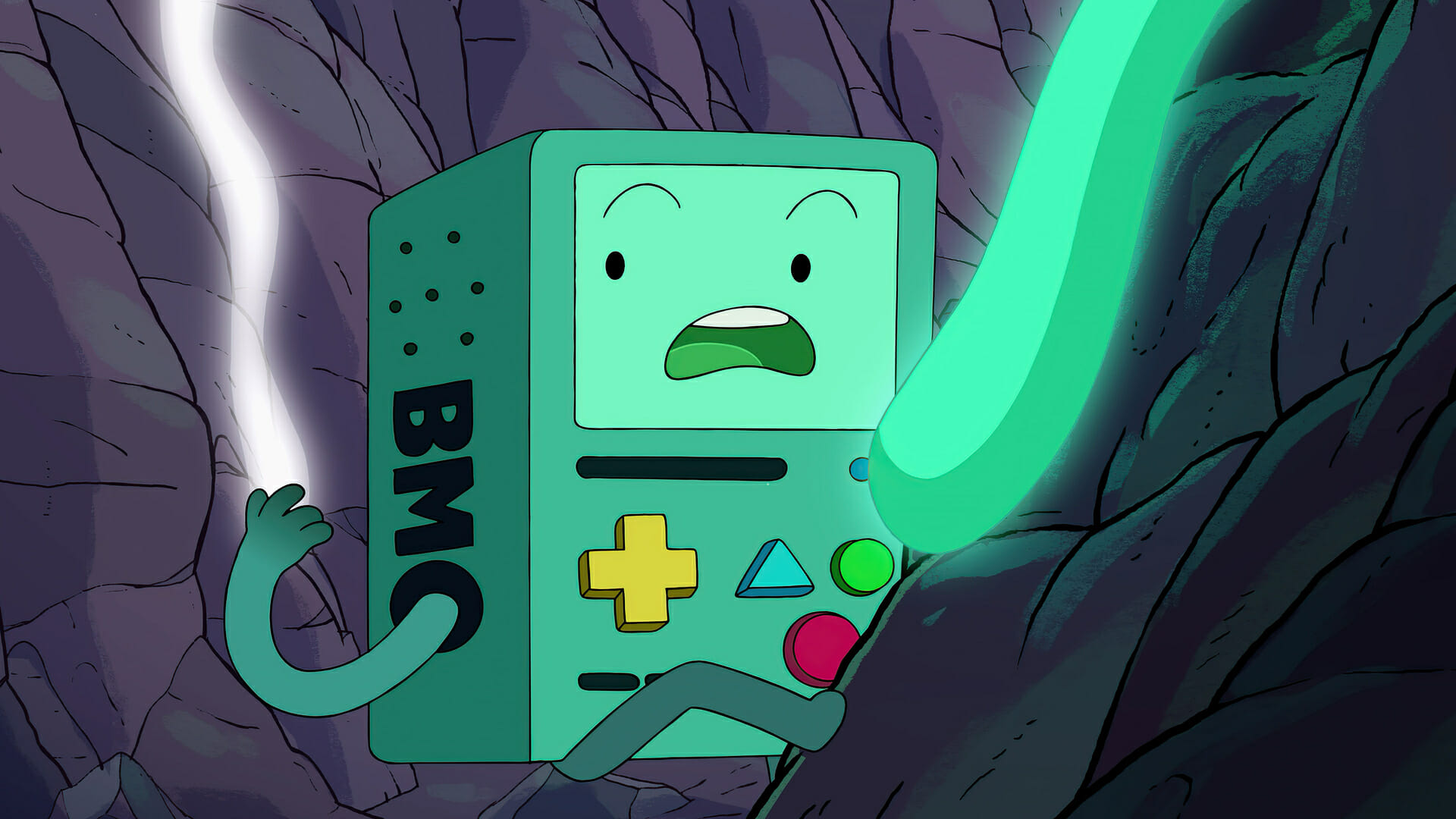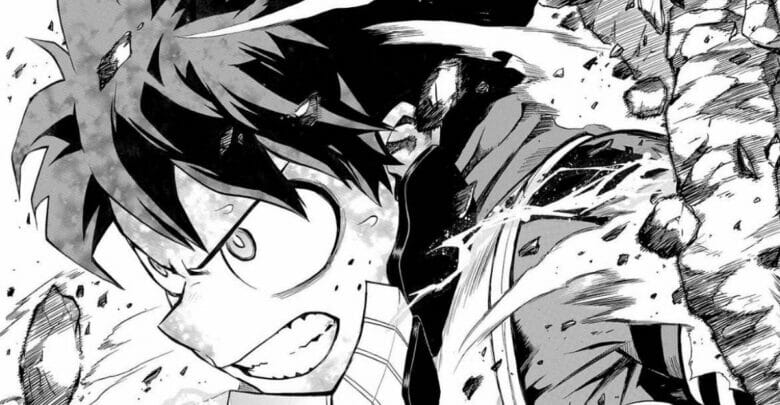
My Hero Academia represents a different take on superheroes, masculinity and altruism
Year
Length
Superheroes have flooded the contemporary entertainment industry. From comics to the cinema, they have established a full-fledged genre, with plenty of ramifications. Even if dominated by the USA’s majors, at the same time Japanese manga are expressing their own, solid strand in the field. And My Hero Academia is for sure a major example of it.
The author Kohei Horikoshi managed to create a broad narrative universe, where superpowers are a common fact called Quirks. The world reshaped itself according to their appearance. Now people with Quirks not only help keep everyone safe, but also support society in growing and developing. Using the large presence of these superheroes, My Hero Academia also tackles ethical issues and expands grey areas of the world as we know it. In doing so, it tries to clarify if the heroes are actually beneficial to society. (Spoiler alert)
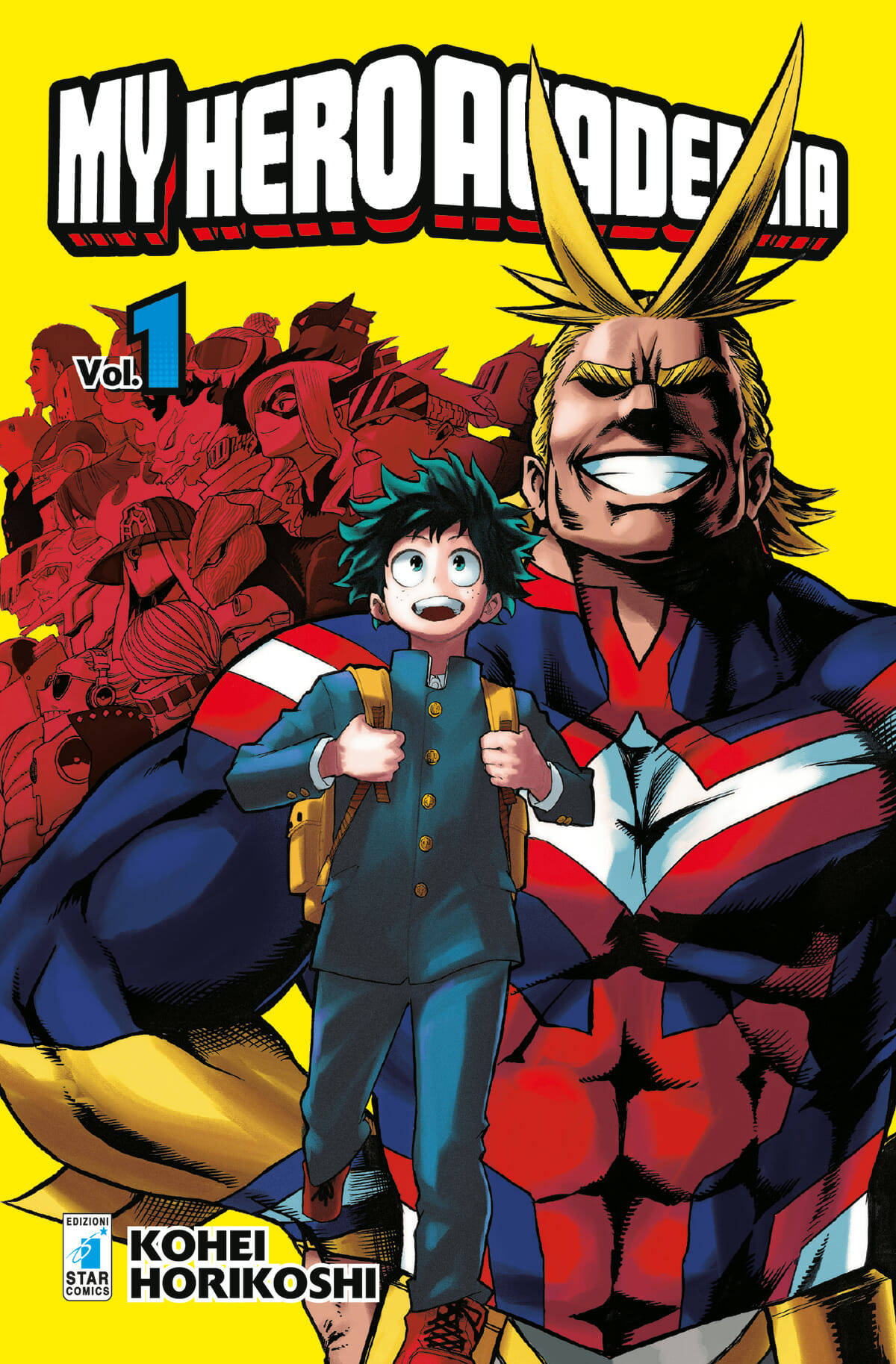
The worlds of superheroes
If one would look for an equivalent of American superheroes among Japanese manga, they could pick mecha like Mazinga or Shin Jetter, always fighting to protect Earth. There are also examples of characters closer to the idea of the superhero, like Devilman by Go Nagai, Astroboy by Osamu Tezuka, and some of Masakazu Katsura’s work (Wingman, Zetman). An actual and detailed society filled with superheroes, though, has been successfully explored just on two occasions, My Hero Academia and One-Punch Man. Even if both are shonen manga, the sense of the latter stands mostly in a parody of fighting manga altogether. Horikoshi’s work tries instead to delve deep into the implication of people having extraordinary abilities.
In a world where almost everyone has at least a feeble Quirk, young Midoriya is among the quirkless. Nevertheless, like any other shonen protagonist, he has a dream, to become the greatest hero of all time. It’s only thanks to his bravery and altruism that Midoriya gets his chance, making an impression on All Might, the greatest hero so far, the symbol of peace. He has a special Quirk, the One for All, which boosts its owner but can also be transmitted. Thus, All Might designate Midoriya as his successor, and the child accesses the most prestigious school for heroes, starting his journey towards his goal.
Do superheroes make the world a better place for real?
Following the protagonist and his classmates throughout their education, the reader can observe the heroes’ society from the bottom. Moreover, villains soon make their entrance, giving a two-folded perspective on the narrative world. Villains aren’t just an evil menace, but also the ones who show the contradictions of this world. They feel like this new order has left them behind, hence they want to prove that the hero system is flawed and to destroy it.
The case in point is that heroes apparently spoiled people, making them more careless about others. It’s like altruism became a job concerning only the heroes. This entails that there will always be someone unaccounted for, as they cannot save everyone. So why all the bragging about symbols of peace and heroes keeping everybody safe? Exactly from this vacuum comes out Tomura Shigaraki, head of the villain and Midoriya’s nemesis. He doesn’t only fight against the heroes but also works to demolish their reputation.
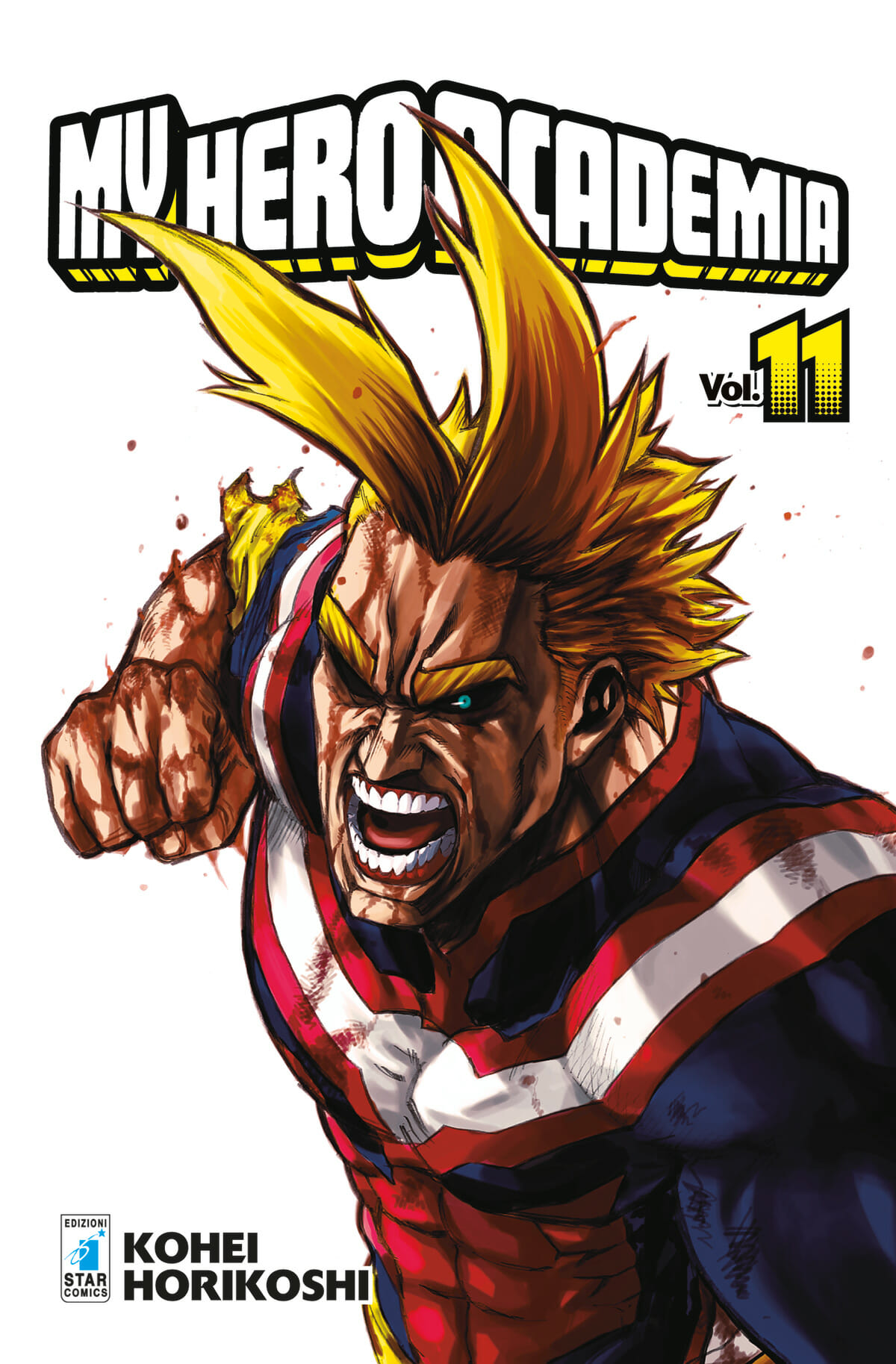
Moreover, what heroes do clearly isn’t enough. Throughout the plot, the actions of the heroes have severe consequences on everyone’s security. Maybe the most interesting conflict lies in the characters’ attempts to do their best to help people and yet clashing with their resentment. The point is not ambiguous morals or a misplaced sense of superiority like in Watchmen or Miracleman. Sometimes echoing Marvel’s Civil War (comics series and movie), heroes’ help is not necessarily welcomed or carried out appropriately. Their altruism and self-sacrifice are not sufficient. Horikoshi outlines a new kind of hero, grounded in understanding the others. Instead of simply confronting the opponents, it is necessary to comprehend the cause of their anger and will for destruction. Above their successes, the heroes need to come to terms with the mistakes and lack of their activity.
Superheroes in My Hero Academia: new role models
The need for self-criticism branches out in most of the characters. It is true that the story doesn’t give center stage to many female ones. However, it does a remarkable job in debunking the figure of the alpha-man autonomous and detached from sensitivity. All Might is the symbol of peace, but he immediately appears controversial. He is the champion of a golden age of superheroes where villains were few and under control. But he is also a clear example of an individualistic model which takes a gigantic toll on a single person and compromises the fabric of the community. It is detrimental for a group of people to look up to just one individual. Most of his character arc stands in accepting his own limit and learning to ask for help.
The case of Enji Todoroki is iconic too. Rude, unpleasant, and aggressive, he is the representation of toxic masculinity. Starting as eternal number two, he is willing to do anything to reach the peak. Also, and mostly, by compromising his family. And yet, when All Might retires and Enji actually becomes the number one hero, the pressure crushes him. In addition, reckoning with an allegedly dead son of his makes him deal with all the pain he inflicted on his family because of his obsessions. The author thus delivers excruciating scenes where Enji tries to become a different person and make amends for the past.

Old and new generations
Both the change in heroes’ identity and their behavior connect to the themes of collaboration and the legacy of previous generations. Symbolized by the One for All, a Quirk gathering strength and memories of its previous owners, working together is crucial to building a better society. Together with his classmates, Midoriya’s task is to take the good things his predecessors left him and mend their mistakes.
Potentially, with its huge quantity of superheroes My Hero Academia has the elements that could see the start of a narrative universe similar to Marvel’s or DC’s ones. There is a large variety of characters and abilities, often uncommon or peculiar (even if not as much as in JoJo’s Bizarre adventures), and the author averagely manages to balance them with solid pros and cons. The series already has three spin-offs, which explore different aspects of the narrative world. Also, three feature films came out, even if considered non-canon.
Tag
Buy a ☕ for Hypercritic






